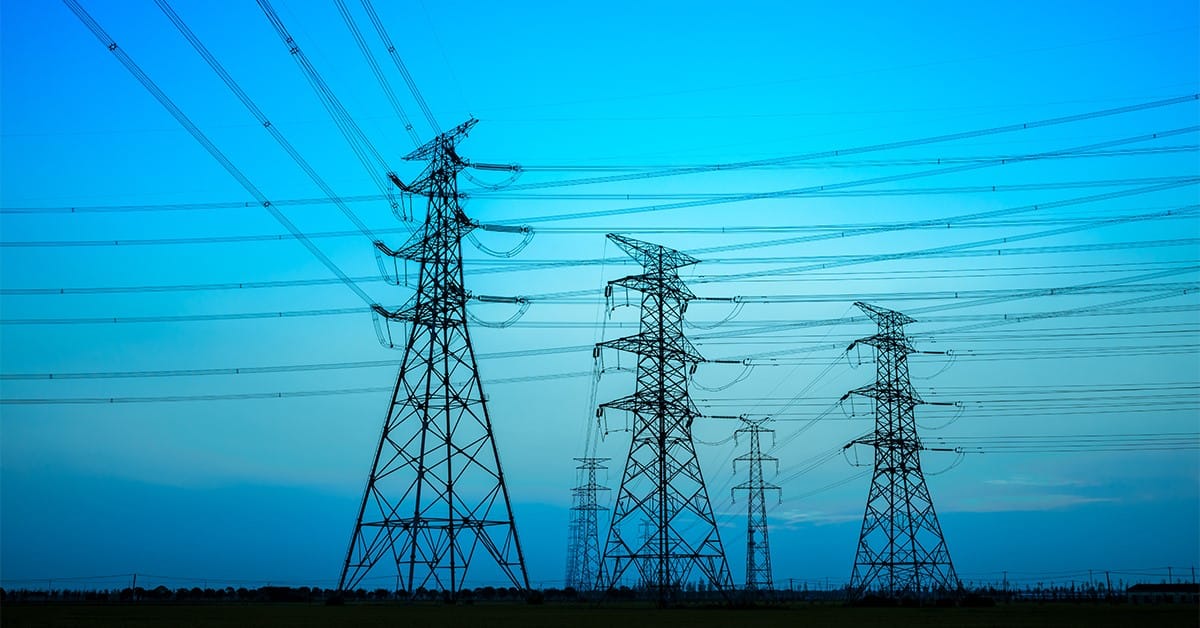
Advanced Energy
The Biden Administration facilitated 21 state commitments to prioritize increasing energy grid capacity.

 Photo of power lines
Photo of power lines
WASHINGTON, June 6, 2024 – The Biden Administration launched the Federal-State Modern Grid Deployment Initiative on May 28 in an effort to bring together states, federal agencies, and power sector stakeholders to drive advancements in the United States’ power grid.
The initiative involves 21 states that have committed to “prioritize efforts that support the adoption of modern grid solutions to expand grid capacity and build modern grid s capabilities on both new and existing transmission and distribution lines.”
According to the White House, a new generation of modern grid technologies will allow these states to achieve new capacity in power systems. These new technologies include high-performance conductors that are able to carry more than double the amount of power than conventional transmission wires, and grid enhancing technologies that maximize electricity transmissions through the system of sensors and devices.
“Deploying these tools means that renewables and other clean sources of power can be integrated sooner and more cost-effectively than waiting for new transmission construction, which will address load growth challenges more rapidly,” said the White House.
States are also committed to meeting the shared challenges and opportunities of increased load growth, changing energy landscape, and aging infrastructure, all while delivering reliable, clean and affordable energy. The goal of this commitment is to bolster the capacity of the U.S. electric grid to meet current and future demand as well as protect consumers from variability in energy prices.
The 21 states include Arizona, California, Colorado, Connecticut, Delaware, Hawai‘i, Illinois, Kentucky, Maine, Maryland, Massachusetts, Michigan, New Jersey, New Mexico, New York, North Carolina, Oregon, Pennsylvania, Rhode Island, Washington, and Wisconsin.
The operation of a smart grid, a country or city-wide energy grid that facilitates an optimized flow of energy, will require the operation of a robust broadband network.
In April, the Biden Administration announced a public-private partnership that will upgrade 100,000 miles of existing lines with new technology over the next five years. In the same announcement, the Environmental Protection Agency introduced a suite of updated standards to cut greenhouse gas emissions and land contamination from fossil fuel power plants.
As part of the $1.2 trillion Bipartisan Infrastructure Bill that allocated $65 billion for broadband, the Department of Energy was directed to invest in America’s electric grid infrastructure. In April, it announced $331 million for a new 285-mile transmission line from Idaho to Nevada.
This announcement comes days before House Representatives called for a strengthening of the nation’s electricity grid in order to keep up with the growing energy needs of new technologies. As new artificial intelligence technologies emerge and innovation continues to grow, the demand for energy that can support these tools continues to increase.
Some experts believe that artificial intelligence is the key to effectively managing and optimizing a more complex energy grid.


